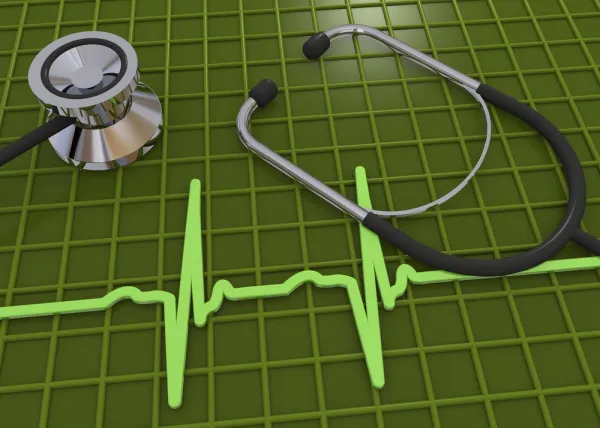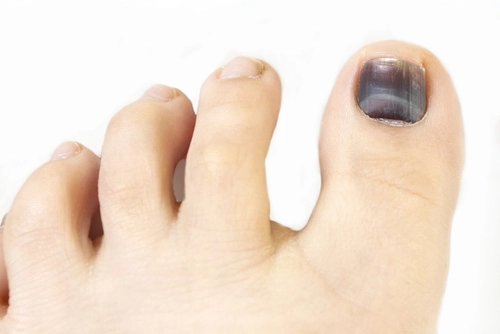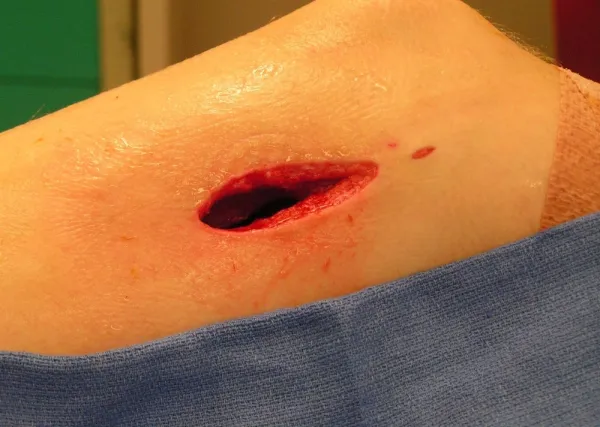Stay Cool With This Spot-On Burn Coding Advice

Experts: Diagnosis codes vital to burn treatment claims.
When your internist performs burn treatment, coders should have to keep several factors straight: in order to code correctly, you’ll need to know burn site, treatment type, and total body surface area burned.
Without this knowledge, you run the risk of miscoding your burn claims and opening up your practice to payer suspicion. Check out these best practices for coding burn patients that your internist treats.
Choose Burn Codes Based on Depth of Injury
When reporting burns, you will have to report the appropriate treatment code based on the depth of the burn. If the burn was superficial and involved only the layers of the dermis, you have to report any local treatment such as application of topical ointments performed by your clinician using the CPT® code 16000 (Initial treatment, first-degree burn, when no more than local treatment is required).
When the depth of the burn is deeper (partial-thickness or second-degree burns) and if your clinician performs placement of non-adherent dressings or debridement of the injured area with application of topical ointments, then you have to report the treatment performed with one of the following three CPT® codes depending on the total surface area of the burnt area:
Use Rule of Nines to Determine TBSA
“Total Body Surface Area (TBSA) is an assessment of injury to or disease of the skin, such as burns or psoriasis,” says Mary I. Falbo, MBA, CPC, CEO of Millennium Healthcare Consulting, Inc. in Lansdale, Pa. When dealing with treatment of partial-thickness burns, you can use the “rule of nines” to determine the TBSA that is burnt. “This is spelled out very clearly in CPT®. It is the rule of nines. Nine percent of the body » » » is a different part. You add those together,” says Suzan (Berman) Hauptman, MPM, CPC, CEMC, CEDC, senior principal of ACE Med, a medical auditing, coding and education organization in Pittsburgh, Pa.
According to this rule, you will determine the extent of the burnt area by assigning the following values to each of the areas that are burnt and then collating the values:
“In burn cases that involve partial body areas, or when dermatologists are evaluating the Psoriasis Area and Severity Index (PASI) score, the patient’s palm can serve a reference point roughly equivalent to 1% of the body surface area,” Falbo says. According to the rule of nines, for instance, if your clinician is performing a treatment of a burn involving only the genital area, then you can report the treatment performed with 16020. Suppose your clinician is treating a partial thickness burn involving the upper arm, then you report the treatment provided with 16025. If your clinician is treating a burn involving both the arms, you report the treatment done with 16030.
“This rule of nines generally applies to adults,” says Kent Moore, senior strategist for physician payment at the American Academy of Family Physicians. “The percentages vary if the patient is a child. For example, in a child, the head is equivalent to 18 percent, and each leg is only 14 percent.”
“Another classification system referenced by CPT® is the Lund-Browder Classification Method,” Moore says. “This classification system is more detailed, both in terms of the patient’s age and the division of the body into percentages.”
Know When to Report an E/M Code
If your clinician only assesses the patient for a first-degree burn and does not provide any treatment in the form of dressings or debridement, then you cannot report 16000 for the encounter. In such a case, only an appropriate level of E/M code can be reported.
On the other hand, when you are reporting treatment of a first- or second-degree burn, you should look at instances where you can report an E/M code for the encounter along with reporting the burn code. For instance, when assessing the patient for the burn injury, your clinician notices that the patient has signs of dehydration or is in shock, and your clinician assesses the patient for the same. In this case, you can report an appropriate E/M code (such as 99212, Office or other outpatient visit for the evaluation and management of an established patient…) along with the modifier 25 (Significant, separately identifiable evaluation and management service by the same physician or other qualified health care professional on the same day of the procedure or other service) appended to the E/M code.
Understand What Diagnosis Code(s) Should be Reported
When reporting treatment of burns, you should report appropriate ICD-10 diagnosis codes to support the CPT® codes that you are reporting for the treatment procedure. “The documentation must indicate percentage of body burned, as well as degree and how (chemical vs. flame, chemo, etc.) as there are different codes,” Hauptman says.
“You need at least three codes to properly report these diagnoses,” Falbo says. “They include:
You will have to choose an appropriate code from T20-T25, depending on the anatomical site in which the burn occurred. “You will also need to report a code for each separate burn or corrosion site,” Falbo reminds. The fourth digit expansion of the codes is used to distinguish the degree of burn. The fifth digit provides more detail on the anatomic site where the burn occurred. The sixth digit expansion informs on the side on which the burn site is, but in cases where the anatomical site cannot be distinguished by side, then the sixth digit is replaced by a placeholder ‘x.’ The seventh digit expansion is needed to provide information about the encounter (initial, subsequent, or sequela).
For instance, if the patient visits your internist for initial treatment of a second-degree burn on the right upper arm, you will have to report T22.231A (Burn of second degree of right upper arm, initial encounter), while it will be reported with T22.232A (Burn of second degree of left upper arm, initial encounter) for the left upper arm.
In addition, you will have to report a code from T31 (Burns classified according to extent of body surface involved) depending on the total body surface area involved and the extent of body surface involved in a third degree burn. For instance, you will report T31.20 (Burns involving 20-29% of body surface with 0% to 9% third degree burns) when the burn involves 20-29 percent of body surface area with zero to nine percent third degree burns.
Don’t forget: You will also need an additional code to report the cause of the burn. For instance, if the burn was caused by contact with a hot radiator pipe, you might report X16.xxxA (Contact with hot heating appliances, radiators and pipes, initial encounter).




